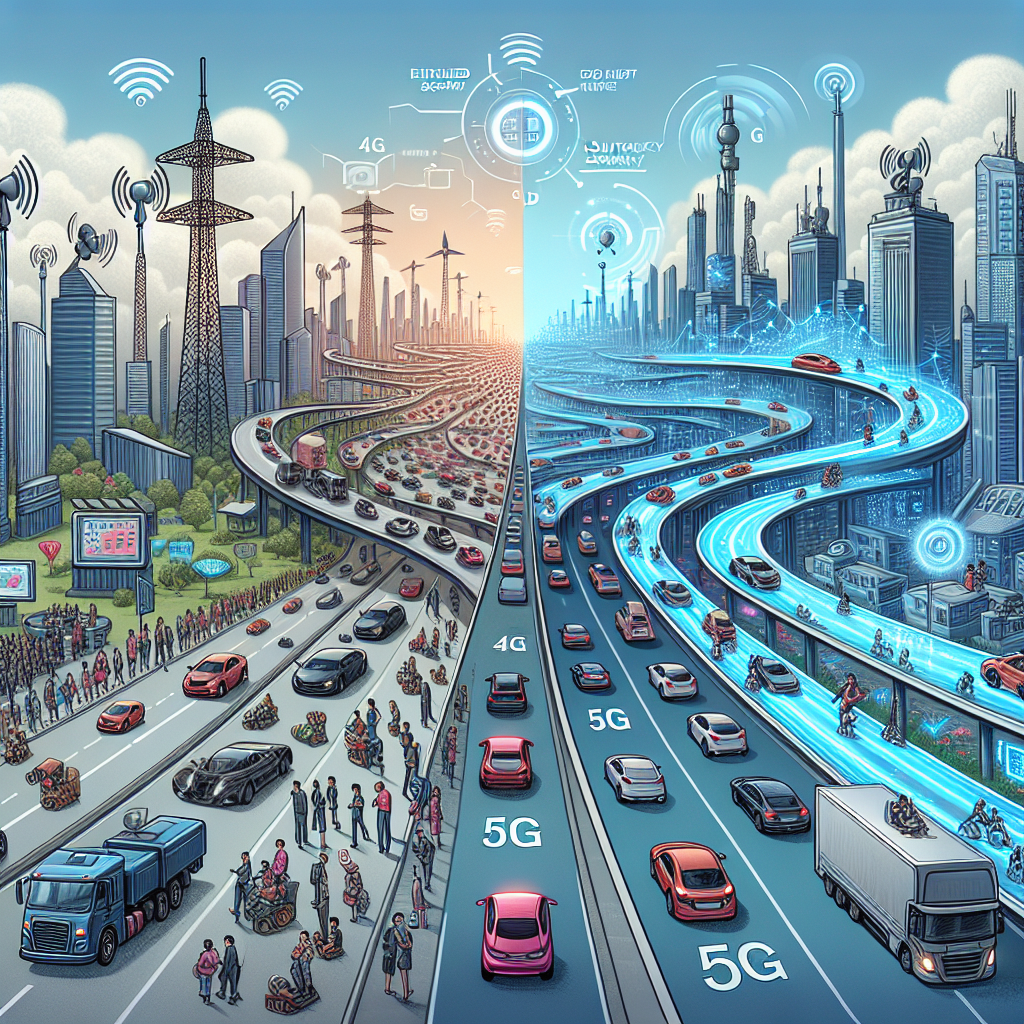Green IT: Sustainable Practices in the Tech Industry
In today’s fast-paced digital world, the term ‘Green IT’ is becoming more than just a buzzword. Companies large and small are increasingly pursuing sustainable practices in their operations to reduce carbon footprints and promote environmental stewardship. From minimizing energy usage to responsibly recycling old tech, the tech industry is on a mission to go green. In this article, we will explore the multifaceted approach to Green IT and how organizations can partake in this eco-friendly revolution.
What is Green IT?
Green IT, also known as Green Information Technology, refers to the sustainable use of computing resources. It primarily focuses on reducing the environmental impact associated with information technology and its infrastructure. Green IT advocates for efficient energy consumption, minimal e-waste, and the responsible disposal and recycling of tech products.
Best Practices for Sustainable IT
Implementing Green IT practices can be a game-changer for businesses aiming to reduce their carbon footprint. Here are some effective strategies:
1. Energy-Efficient Hardware
Invest in energy-efficient hardware to lower power consumption. Look for products with Energy Star ratings, which signify compliance with energy-saving guidelines.
Simple But Effective Tips:
- Switch to laptops instead of desktops where possible, as they consume less power.
- Utilize thin clients which offer centralized computing and consume less energy.
2. Virtualization
Virtualization can significantly reduce the number of physical servers a company needs, thereby conserving energy and reducing cooling requirements. By running multiple virtual machines on a single physical server, businesses can drastically reduce their data center’s energy usage.
3. Cloud Computing
While seemingly contradictory, cloud computing can be a greener option. Major cloud service providers use efficient data centers that are optimized for energy conservation. Migrating to the cloud can reduce the need for physical infrastructure.
4. Sustainable Procurement
Choose vendors and suppliers who prioritize sustainability. This includes selecting IT equipment from companies committed to recycling and reducing their carbon footprint.
5. E-Waste Management
Proper e-waste management is crucial. Companies should establish policies for the responsible disposal and recycling of old and obsolete devices. Partnering with certified e-waste recyclers ensures that electronic components are disposed of without harming the environment.
Benefits of Green IT
Adopting Green IT practices can provide numerous benefits beyond just environmental stewardship:
- Cost Savings: Energy-efficient hardware and practices can significantly reduce operational costs.
- Reputation: Companies that prioritize sustainability often enjoy a better public image and greater customer loyalty.
- Regulatory Compliance: Adhering to environmental regulations can prevent fines and legal issues.
The Future of Green IT
The future of Green IT looks promising as technology continues to advance. Emerging trends such as IoT (Internet of Things) and AI (Artificial Intelligence) offer exciting possibilities for further reducing our environmental footprint.
Discover More Tech Insights
If you’re passionate about tech and sustainability, exploring content from various sources can be enlightening. Check out the Best Tech Telegram Channels for the latest updates and knowledge from industry experts.
Conclusion
Green IT is not only a responsible choice but also a smart one. By embracing sustainable practices, businesses can contribute to a healthier planet while enjoying substantial benefits. As the adage goes, “It’s not easy being green,” but in the tech world, it’s increasingly becoming possible and profitable.
Start implementing these Green IT practices today, and watch your business transform into an eco-friendly powerhouse!


